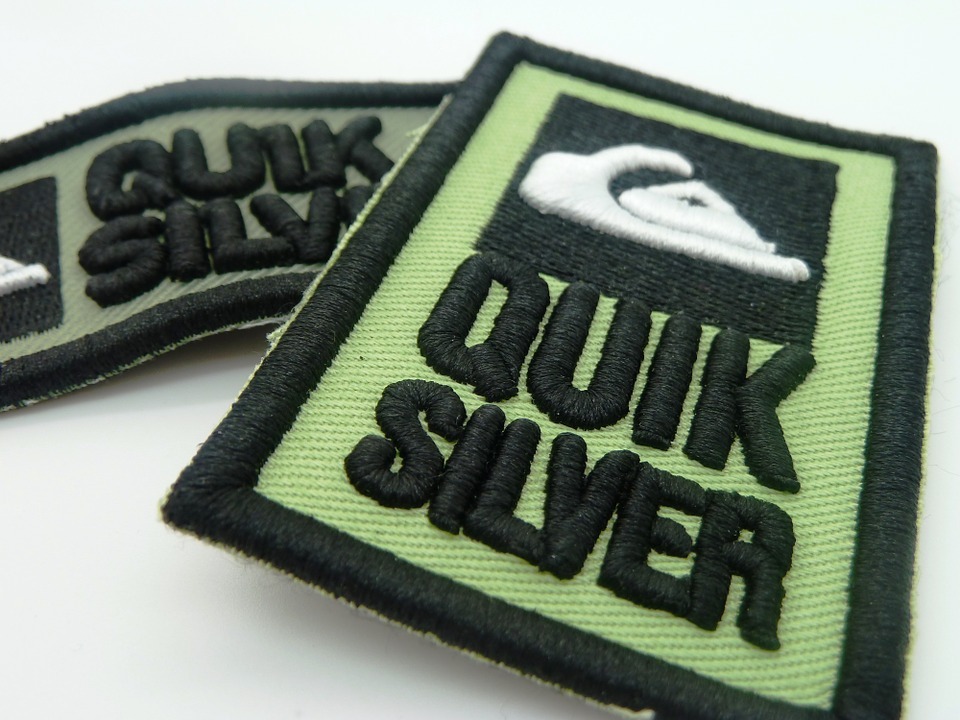Patches often showcase individuality and can be applied everywhere. Embroidered patches have the ultra-cool effect and can come in handy when you want to seal a patch in a garment. Most people place patches on backpacks and jacket shoulders, back and front. When applying embroidery on fabric, high-quality custom labels that are mastered by in-house label specialists should be used. Every product should bear the mark of quality and meet industry fashion industry requirements, a feat that makes any product to stand out in the market. To bring your products alive, all you need to do is pick your labels, hang tags, and patches and leave the design to a reputable company.
Most companies will send a quote, then let the in-house design team send out a sample for approval before the order is fulfilled. One of such companies is CBF whose custom embroidered patches are distinctively thicker compared to woven patches and work very well on bold designs. Patches are produced in a variety of shapes or sizes.
Embroidery Process
The process begins with vetting the clothing label and using appropriate techniques to fulfill the order. You can upload an existing design or work with an in-house expert. The other alternative is to order an embroidered design from us. You can upload customized embroidered patches if you already have a design. When uploading a file, provide your name, email, and phone.
Then select the pdf or png file you want to upload. The maximum file size is 10MB. Also, pick your cut from a broad selection featuring book fold, end fold, mitre fold, Manhattan fold, hot cut, and loop fold.
During production, the company staff will put its 30 years of experience to work. A CBF Label expert is always at hand to work with you throughout the process to ensure your apparel trims match your brand’s goals. Customers can also request reorders by submitting a web form with the details of the previous order. The last process is shipping the custom-made garment using the shipping instructions provided. Learn how we apply embroidered patches to the fabric.
The Border Options for Patches
The three types of embroidered clothing patches available are merrow border, hot-cut, and die-cut. For the merrow border, a 1/8 raised borderline over locks the edge of the pieces. The embroidered labels that can be merrowed are typically those with regular shapes and irregular shapes with horizontal angles. Unlike the merrowed border, the die-cut patches do not feature an overlocking border. Patches with irregular shapes are best matched with hot-cut border options. The edges of the fabric are fully trimmed to prevent fraying.
Learn About Patch Material Options
The embroidery patches are specially made using polyester threads and twill fabric. These products can be easily customized using embroidered materials such as felt, reflective material, imitation leather, neon twill, and suede. The thread colors are chosen from a rich scheme of Pantone colors. Note; the backing options for embroidery patches can be attached using heat seal, magnet, plastic, pressure sensitive, iron-on, and Velcro backing.
You can also choose to sew the patches directly. The process of applying an embroidered patch with iron must be done carefully to produce lasting, desired results. At CBF Labels, we do not attach labels but will help you find a local place that does that. When you choose a backing option, we will walk you through the process to ensure the perfect fitting option for your product. Learn more about the embroidery patch backing options provided by CBF Labels:
Plastic: This is a popular transparent film placed in the back to harden and seal the threads.
Pellon: Pelion is an opaque white material used for covering the back of the seal in the threads. It also helps make the emblems stiff, thereby creating a refined, durable finish.
Velcro backing: This type of backing is generally easy to apply and detach from given displays and garments. Our team will offer you directions on how to attach the labels.
Heat seal: The material is placed on the back of the patch and ironed on top of another surface. Heat seal is ideal for large patches and helps make a fashion statement.
Pressure-sensitive backing: Pressure-sensitive backing is a versatile type of sticker. Because of the pressure application, the sticker can be attached temporarily or semi-permanently.

